Learning Tips -
The Study Cycle

Learning Tips
The Study Cycle


/en/learning-tips/memorization-methods-and-why-they-work/content/
If you’re beginning your career as a college student, or are tackling a new professional learning project, this quick tutorial will provide you with tips on how to create an approach to most effectively tackling your learning goals.
The study cycle is a five-step process you can use to improve your studying and become a better learner overall. It goes through the following steps:

This is Maggie. She's a college freshman. In this lesson, we'll take a look at how she uses the study cycle to study for her classes.
Watch the video below to learn how Maggie uses the study cycle.
Before going to class, Maggie previews the material. She skims the chapter, looking over any key terms and ideas. This gives her a basic foundation of what's going to be covered so she can get more out of the lecture.
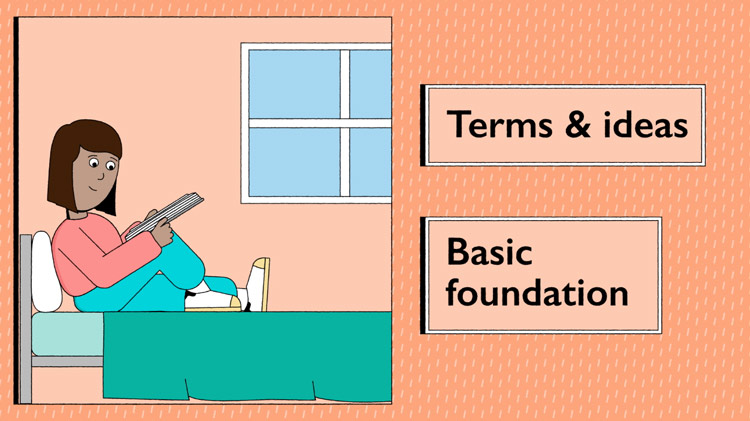
Then Maggie will attend class. This may seem pretty obvious, but there's more to it than just showing up. Maggie makes sure that she's attentive and focused. And because she previewed the material, she knows what to take notes on.
If, instead of going to class like Maggie does, you’re taking an online course, we recommend setting one day as your ‘class day’ where you listen to the lecture and/or do your assigned readings.
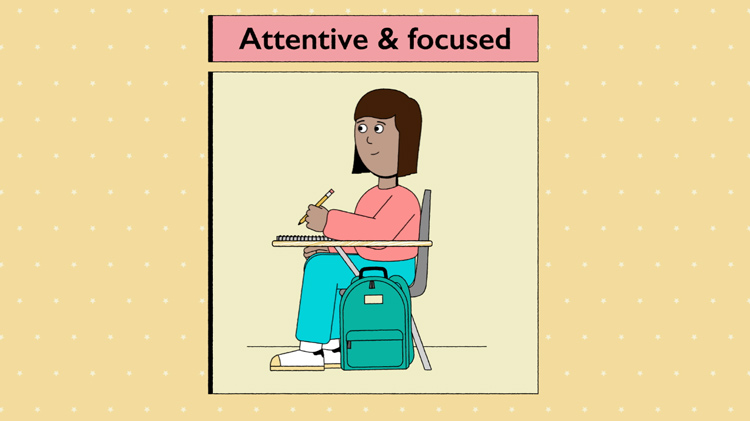
After class, Maggie briefly reviews her notes while the material is still fresh in her mind. This isn't a long study session, just a quick recap! It gives her a chance to summarize the main points and explain them to herself. This will help her to identify any gaps or questions she may have.
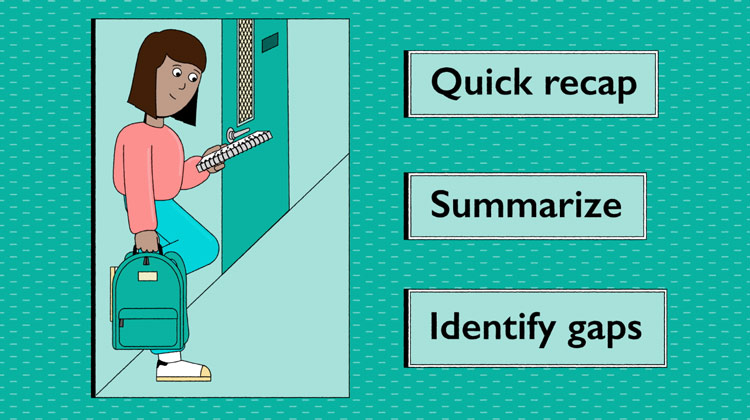
Later on, Maggie takes time to actually study the material. She'll spend time reviewing her notes from class as well as any assigned readings. These study sessions don't have to be particularly long; a focused 20-30 minute session might be enough.

After some study sessions, Maggie will check in with herself. She'll want to ask questions like, "Are my study methods working?" and "Do I understand this enough to teach it to others?" This will help her to assess how effective her studying has been and how well she understands the information.
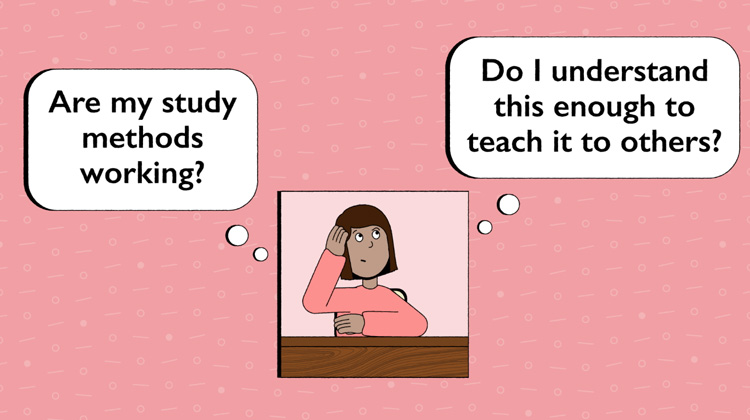
Then she loops back around to the preview step for the next class, and the cycle starts over.
All of these steps may seem fairly obvious on their own, but the reason the study cycle works is because of how they interact with one another. Each step feeds into both the previous and following steps.
For example, during the preview step, Maggie may encounter a term or idea that seems a bit confusing. Then when she attends class, she knows to focus on this and ask questions if she doesn't fully understand it.
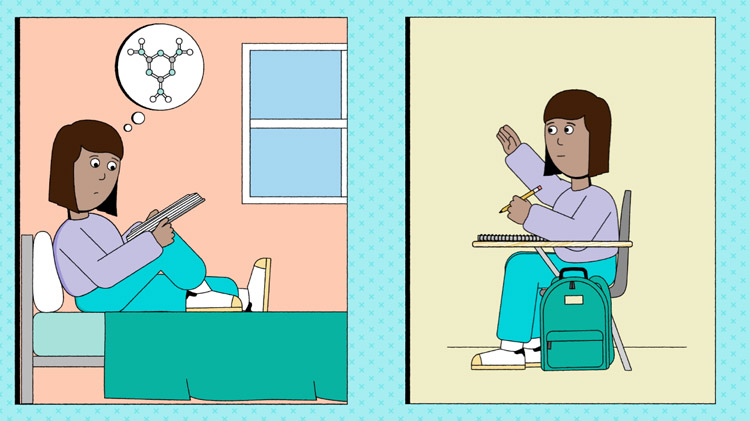
Or maybe after studying, Maggie checks in with herself and realizes that her methods aren't as effective as they could be. This will allow her to both alter her study methods for her next session and could change how and what she previews. It will also help her to realize what material she needs to spend more time with from the previous class.

If used regularly, the study cycle can not only prevent procrastination but also improve your memory and retention. Give it a try for your next class and see if it works for you!
/en/learning-tips/preparing-to-take-a-test/content/